The trees have been stripped bare of their leaves, it's cold, and the clocks have gone back.
And it’s dark. Very dark.
It's at this time of year that some of us begin to wonder, with some justification, why on earth we live in Sweden.
Living in northern latitudes means that, by mid-December, there is approximately two hours' less light in Stockholm compared to, say, London or Brussels.
But if you think the light situation in the capital or the south of Sweden is bad, spare a thought for the very far north of the country where, above the Arctic Circle, residents may not see the sun for two months.
The winter gloom can be hard to deal with – for Swedes and foreigners alike.
But don't despair, there are steps we can take to help us cope with so-called vinterdepression.
1. Take a brisk walk
Coming to work in the morning in the dark and then leaving after sundown is a sure recipe for winter depression. Try to get out for at least forty-five minute walk at midday in order to soak up some sunlight. Popping into a café for a morale-boosting hot chocolate doesn't hurt either.
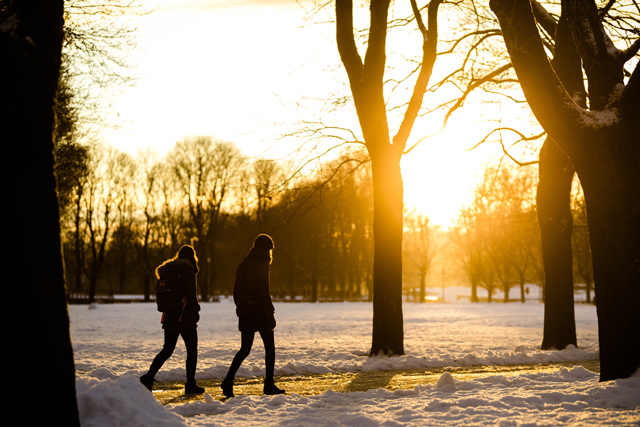
Take a quick walk as soon as the sun comes out. Photo: Audun Braastad/NTB scanpix/TT
2. Sleep
Many northern residents sleep ten hours a night on average during the winter compared to just five or six hours during the summer. If only total hibernation were an option. Did we mention an increasing number of babies are born during the summer? Perhaps sleep isn't the only way to get through the long Swedish winter nights.

Why don't humans hibernate? Photo: Staffan Löwstedt/SvD/TT
3. Get outdoors
Summer isn't the only time for outdoor pursuits. “There’s a lot of fun activities you can do, like cross-country skiing, ice-fishing, ice-climbing or just a cozy ski-trip in the forest,” says Jokkmokk resident Björn Nordkvist, who also suggests checking out the Northern Lights.

A trip to the forest can lead to the view of beautiful Northern Lights. Photo: Lola Akinmade Åkerström/imagebank.sweden.se
4. Light and other therapies
While the Northern Lights might not alleviate SAD, installing light therapy boxes that replicate natural light may help. For romantics, meanwhile, candles can also help to beat back the blues. If you are really suffering medications such as melatonin and other antidepressants is available via prescription – though the jury is still out on just how effective they are.
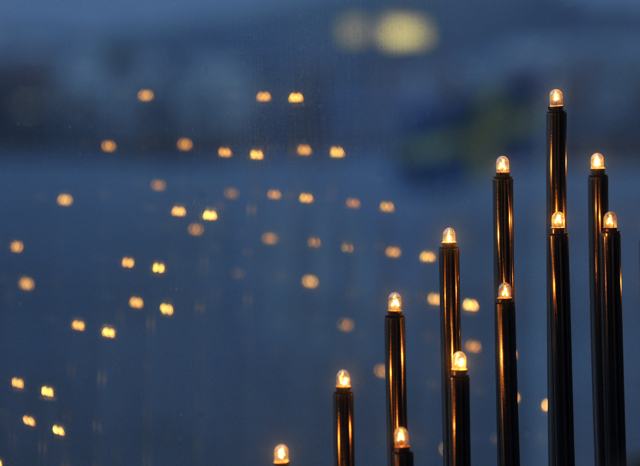
Install as many lights as possible. Photo: Hasse Holmberg/TT
5. Diet
A healthy diet is beneficial in keeping mentally fit during the long winter months. A daily dose of cod liver oil – rich in vitamin D – is a staple of mine when in northern climes. So buy from the supermarket or get your ice-fishing gear out and stock up on those fatty acids. Increasing your fruit intake can also boost your immunity to the murkiness.
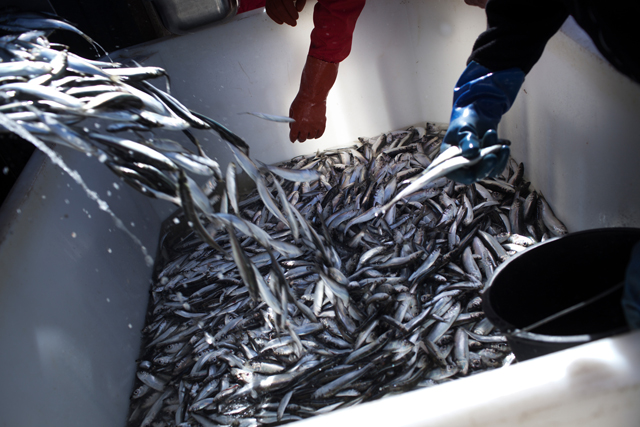
All I want for Christmas is fish. Photo: Karl Melander/imagebank.sweden.se
6. Events
Winter is not a time to bunker yourself in your apartment. Try and attend as many events or exhibitions as possible. One option is Gothenburg’s new three-kilometre-long “Lane of Light” – an outdoor light display. Or perhaps a show at one of Stockholm’s exciting concert venues.
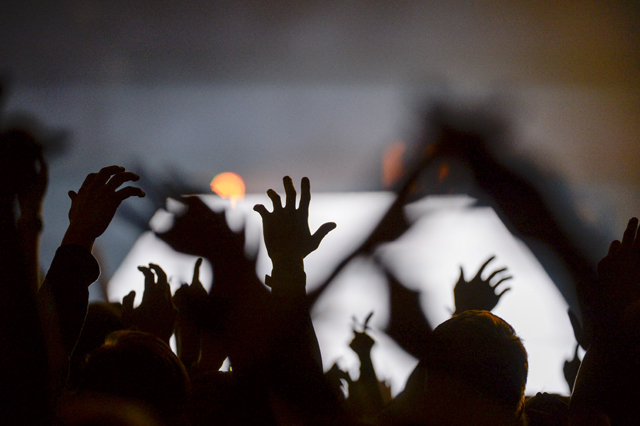
Stockholm offers a lot of versatile concerts. Photo: Jessica Gow/TT
7. Escape
Don’t forget you’re only a flight away from escaping the gloom. In fact, many Swedes escape to warmer climes such as Thailand and the Mediterranean for a couple of weeks in order to soak up the sun. However, the strategy may be considered cheating by inveterate northerners – which leads to one final piece of advice.
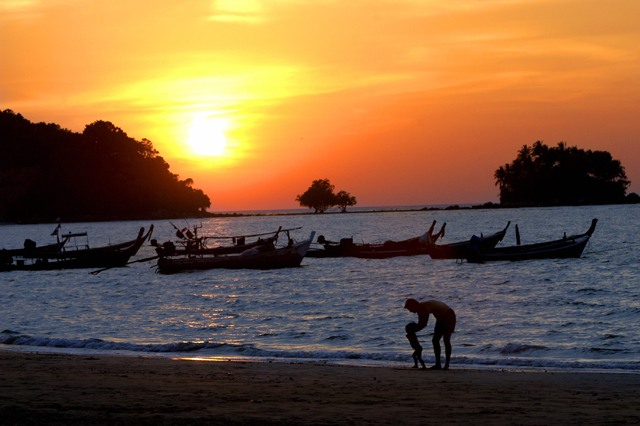
If everything else is dark, just escape to a sunnier place. Photo: Malin Hoelstad/SvD/TT
8. Attitude
Learn to like winter! Attitude is important and a healthy measure of stoicism can see us through the winter months. Isn’t it true, also, that we enjoy the coming of spring that much more after the deprivations of winter? Luckily, we've only got a few months to go!
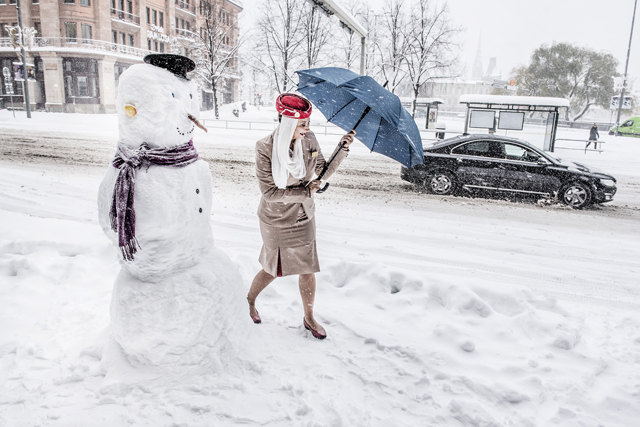
A positive attitude can change everything. Photo: Tomas Oneborg/SvD/TT


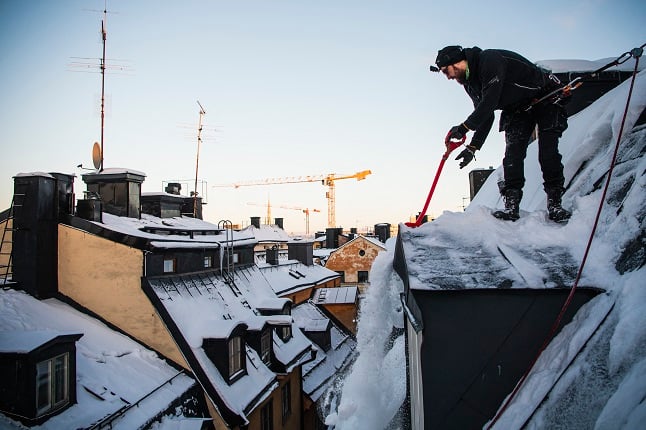
 Please whitelist us to continue reading.
Please whitelist us to continue reading.